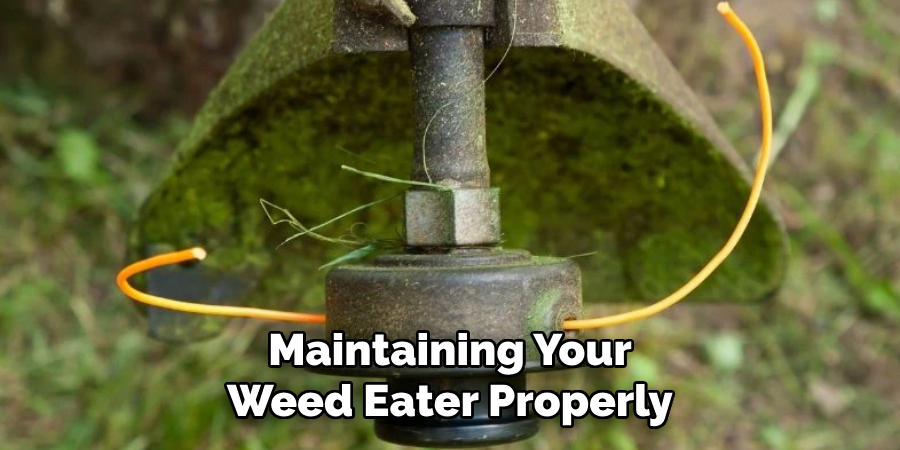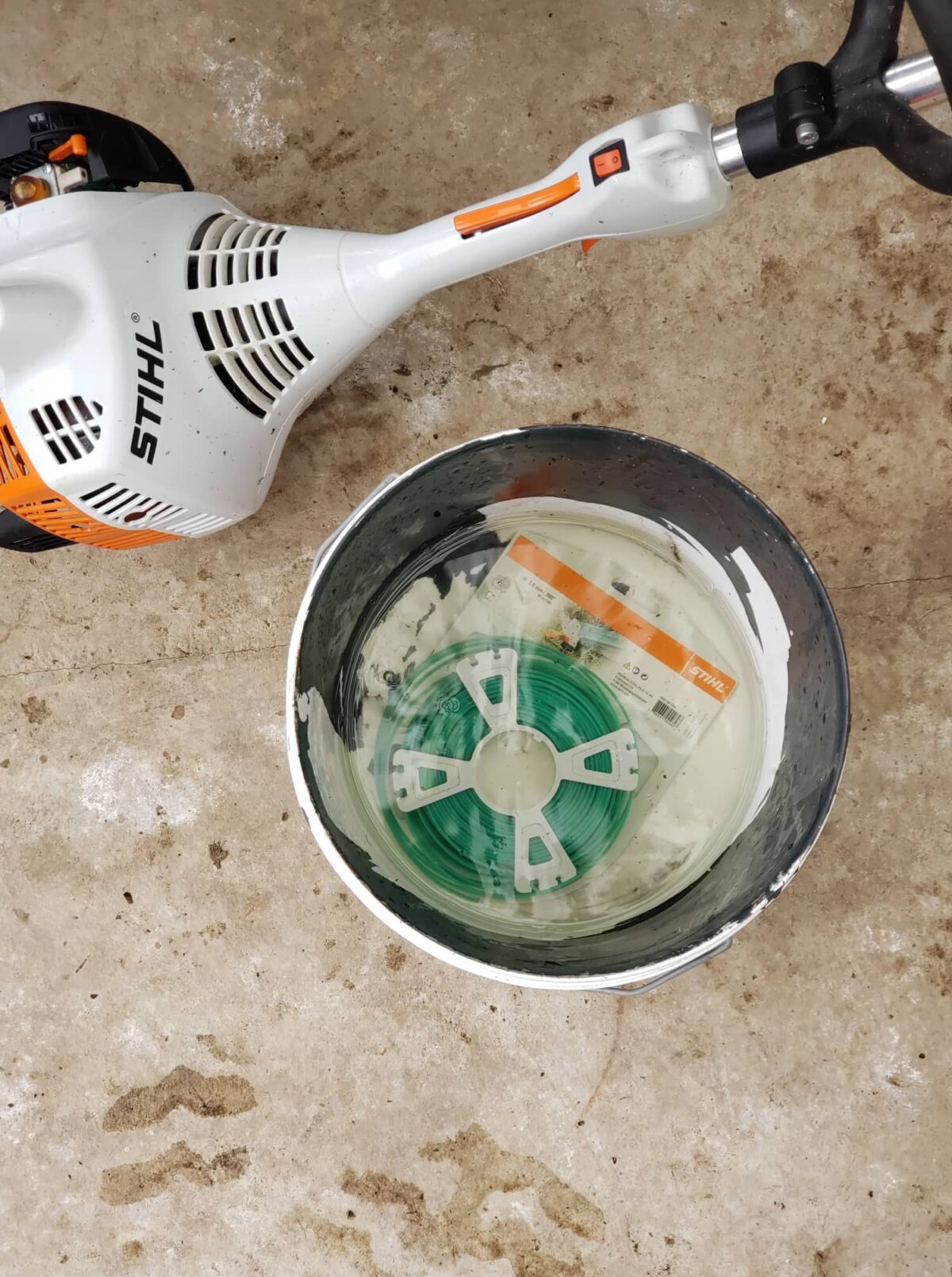To prevent weed eater string from breaking, regularly inspect and replace worn out or damaged string, avoid hitting hard surfaces while trimming, and adjust the speed and technique when cutting tougher vegetation. Additionally, ensure that the string is properly wound onto the spool and avoid excessive throttle use.

Credit: www.youtube.com
How to Keep Weed Eater String from Breaking: Step by Step Guide
Common Causes Of Weed Eater String Breakage
Weed eater string breakage can be frustrating, but there are ways to prevent it. One common cause is inadequate string length, which can lead to more frequent replacements. Another issue is improper string selection, as different cutters require different types of string.
Additionally, incorrect string installation can weaken its durability and increase the risk of breakage. It’s important to follow the manufacturer’s instructions carefully. Furthermore, over-eager trimming can strain the string, causing it to snap. Remember to take breaks and let the weed eater cool down during extended use.
By addressing these common causes, you can prolong the life of your weed eater string and avoid unnecessary replacements.
Maintenance Tips To Prevent Weed Eater String Breakage
Proper maintenance can prevent weed eater string breakage. Regularly inspect and replace worn-out parts such as the string itself, spool, and trimmer head. When winding the string, follow the manufacturer’s recommendations for the right technique. Ensure that the string is evenly wound and not too tightly or loosely.
Avoid obstacles and debris while trimming to minimize stress on the string. Watch out for rocks, tree roots, or fences that can cause the string to break. Lastly, use the correct trimming technique by holding the weed eater at the right angle and smoothly moving it back and forth.
By following these guidelines, you can keep your weed eater string intact and prolong its lifespan.
Alternative Options To Traditional String Trimmers
Alternative options to traditional string trimmers include considering the use of a blade attachment, exploring battery-powered weed eaters, and evaluating gas-powered weed eaters. By utilizing a blade attachment, you can achieve a more durable cutting experience. Battery-powered trimmers offer convenience and portability without the need for gas or oil.
Gas-powered trimmers provide powerful cutting capabilities for larger, tougher jobs. These alternatives can help reduce the likelihood of weed eater string breaking and provide efficient solutions for maintaining your yard. Upgrade your trimming experience today and say goodbye to string troubles!
Frequently Asked Questions Of How To Keep Weed Eater String From Breaking
How Can I Prevent My Weed Eater String From Breaking?
To prevent weed eater string from breaking, make sure to use the right type and size of string for your trimmer. Avoid hitting hard surfaces like rocks or fences while trimming. Keep the string at the right length, as a long string is more likely to break.
Regularly check for any signs of wear or damage on the string and replace it if needed.
Why Does My Weed Eater String Keep Breaking?
There are several reasons why your weed eater string may keep breaking. It could be due to using an incorrect or worn-out string, hitting hard objects while trimming, or having the string at the wrong length. Another possible cause is a problem with the trimmer head, such as a worn-out spool or faulty feed mechanism.
It’s important to troubleshoot and address the underlying issue to prevent further string breakage.
What Type Of String Should I Use To Prevent Breakage?
To minimize weed eater string breakage, choose a high-quality string specifically designed for your trimmer model. Opt for a thicker and more durable string, such as one made from reinforced nylon or a composite material. Consider the type of vegetation you’ll be trimming and select a string with the appropriate thickness and cutting capacity.
Following the manufacturer’s recommendations for string type and size can also help prevent breakage.
Are There Any Maintenance Tips To Prevent Weed Eater String From Breaking?
Maintaining your weed eater properly is essential in preventing string breakage. Regularly clean the trimmer head to remove debris that can interfere with the string’s performance. Lubricate the trimmer head as recommended by the manufacturer to ensure smooth operation. Additionally, inspect the trimmer for any loose screws or damaged parts that could affect the string.

Taking care of your weed eater through regular maintenance can prolong the life of the string and minimize breakage.
How Often Should I Replace The Weed Eater String?
The frequency of replacing your weed eater string depends on various factors such as usage, trimming conditions, and the type of string used. As a general guideline, consider replacing the string if it becomes frayed, worn, or significantly shorter due to breakage.
Inspect the string before each use and replace it if necessary to ensure efficient trimming. Regularly checking and replacing the string will help maintain optimal performance and minimize breakage.
Conclusion
Keeping your weed eater string from breaking is crucial for a smooth and efficient gardening experience. By following the tips and techniques mentioned in this blog post, you can extend the lifespan of your weed eater string and save yourself time, money, and frustration.
Remember to regularly inspect and clean your equipment, use the right type of string for your specific needs, and employ proper cutting techniques. Additionally, always store your weed eater in a safe and dry place to prevent unnecessary damage. By implementing these practices, you can ensure that your weed eater string remains intact and performs at its best, allowing you to achieve a well-manicured lawn or garden without any setbacks.
So, take care of your weed eater and enjoy a hassle-free lawn maintenance routine. Happy gardening!

